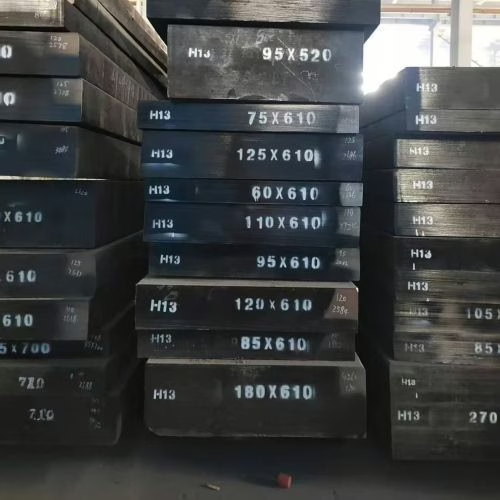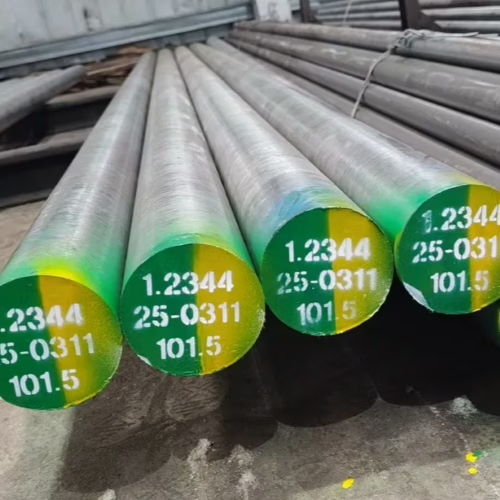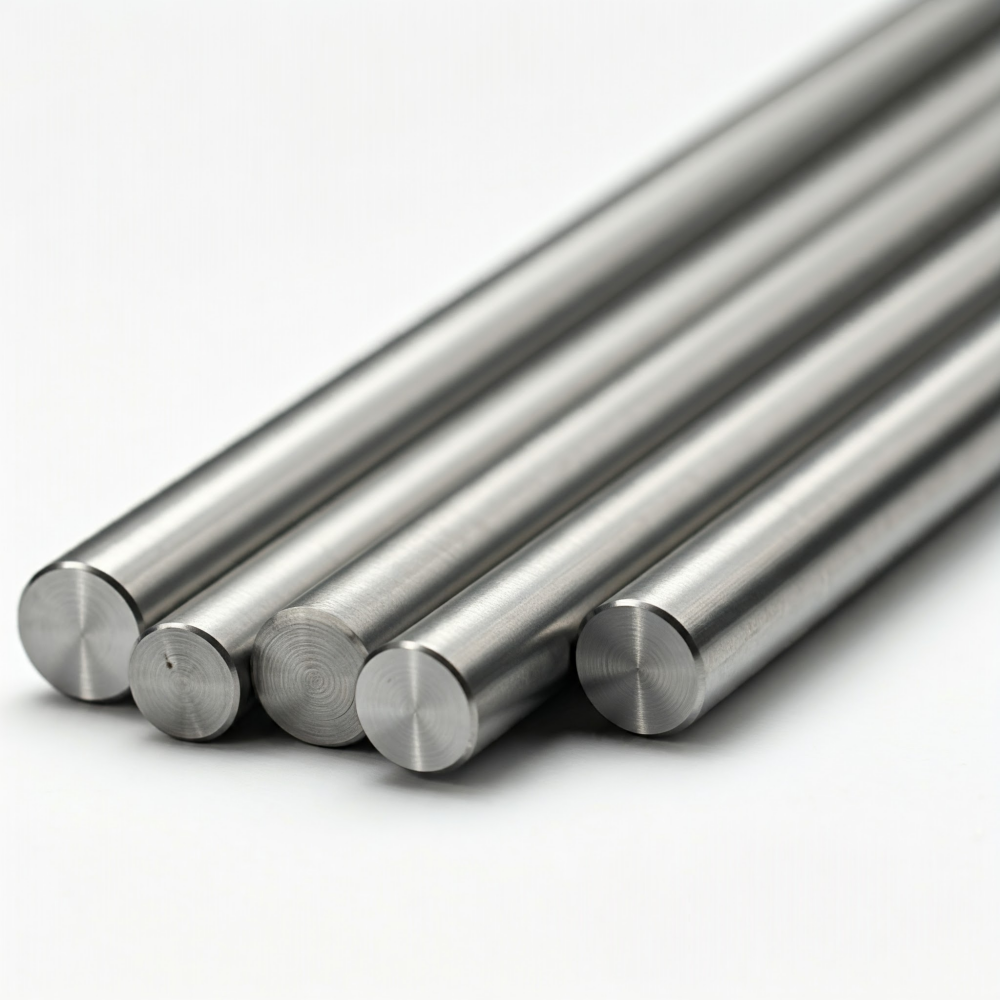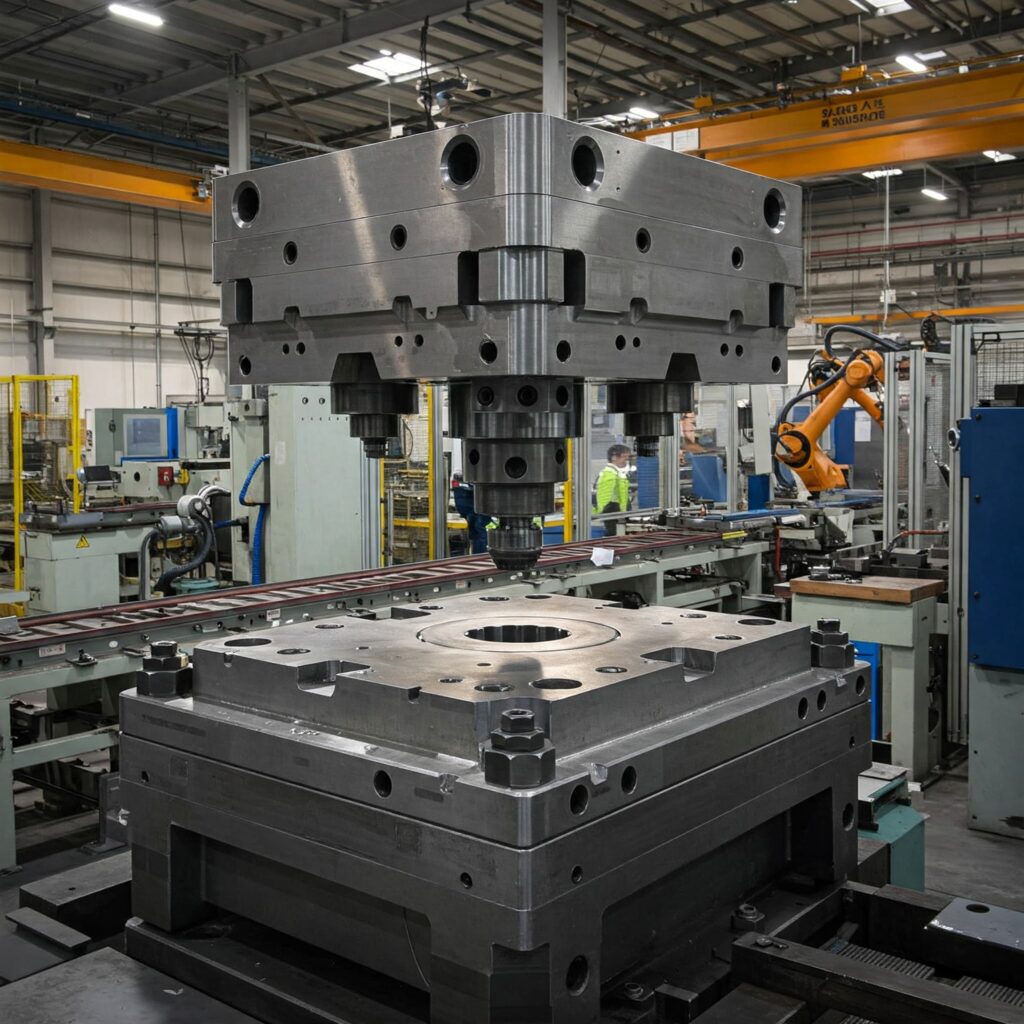فولاذ الأدوات H13 يُعدّ الفولاذ H13 الأكثر استخدامًا بين أنواع الفولاذ المُشكّلة على الساخن، ويُعدّ معيارًا في هذه الفئة. لذا، يُعدّ فشل فولاذ H13 موضوعًا جديرًا بمناقشة مُعمّقة. بالاستناد إلى خبرة شركتنا التي تزيد عن 20 عامًا في هذا المجال، وأحدث نتائج الأبحاث الدولية، تُلخّص هذه المقالة العوامل المُشتركة التي تُساهم في فشل فولاذ H13.
1. فشل الفولاذ H13 بسبب المعالجة الحرارية
يعتبر المعالجة الحرارية غير المناسبة عاملاً مهمًا يساهم في فشل قالب الفولاذ H13.
1.1 فشل الفولاذ H13 الناجم عن المعالجة الطبيعية
لا يُنصح عمومًا بمعالجة التطبيع لفولاذ H13، لأنها تزيد من خطر التشقق، خاصةً عندما يكون جو الفرن غير مُتحكم فيه، مما يُسبب إزالة الكربون من السطح. على الرغم من وجود طرق مُحددة لتطبيع فولاذ H13، إلا أن خطر التشقق لا يزال قائمًا.
1.2 فشل الفولاذ H13 أثناء الإطفاء
إذا حدث تشقق في مادة H13 أثناء معالجة الزيت إخماد، قد يكون ذلك نتيجة لتصميم القالب بشكل غير صحيح أو التحكم غير الكافي أثناء عملية التبريد.
بالنسبة لقوالب البثق الساخن H13 ذات الأشكال الهندسية المعقدة - مثل الزوايا الحادة، أو اختلافات السُمك المفرطة، أو التغيرات المفاجئة في المقطع العرضي - يُسبب التبريد السريع أثناء الإخماد انكماشًا غير متساوٍ عبر المقاطع المختلفة. وهذا يُولّد إجهادات داخلية كبيرة، تتركز عند نقاط الضعف وتؤدي إلى التشقق.
تحتوي مادة H13 على نسبة كربون عالية نسبيًا، مما يؤدي إلى صلابة أكبر. قد يؤدي استخدام الماء كوسط تبريد إلى معدلات تبريد مفرطة، مما يؤدي إلى التشقق. لذلك، يجب اختيار زيت ذي معدل تبريد معتدل نسبيًا كوسيط تبريد. أثناء التبريد، قد يحدث التشقق أيضًا إذا دخلت مادة H13 الزيت بدرجة حرارة عالية جدًا، أو كانت درجة حرارة الزيت منخفضة جدًا، أو كان وقت التبريد في الزيت غير كافٍ - وكل ذلك قد يؤدي إلى معدلات تبريد سريعة جدًا أو غير متساوية.
من ناحية أخرى، باعتباره فولاذًا لأدوات العمل الساخن، يجب على H13 أيضًا تجنب التبريد البطيء المفرط أثناء الإطفاء، حيث يعزز هذا من تكوين الباينيت وترسيب الكربيد عند حدود الحبوب - وهما عاملان يساهمان في هشاشة المعدن.
قد يؤدي عدم معالجة مادة H13 فورًا بعد الإخماد إلى تشققها. يجب إزالة فولاذ H13 من دورة الإخماد وهو لا يزال دافئًا (حوالي 66-93 درجة مئوية أو 150-200 درجة فهرنهايت للصلب المائي/الزيتي، أو لا تقل درجة حرارته عن 66 درجة مئوية أو 150 درجة فهرنهايت للصلب الهوائي) ومعالجته فورًا لتقليل تشققات الإخماد.
هناك طريقتان لتحديد ما إذا كانت الشقوق قد حدثت بالفعل أثناء عملية التبريد. إحداهما هي مراقبة شكل الشق؛ إذ تُظهر الشقوق الناتجة عن التبريد كسرًا بين الحبيبات. أما الطريقة الأخرى فتتضمن فحص احتواء السطح الداخلي للشق على قشور. إذا وُجدت قشور على السطح الداخلي للشق أثناء عملية التبريد اللاحقة، فهذا يؤكد أن الشق قد تكوّن أثناء التبريد قبل عملية التبريد، وليس أثناء عملية التبريد نفسها.
1.3 فشل الفولاذ H13 أثناء عملية التقسية
أثناء عملية تطبيع مادة H13، قد يؤدي عدم التحكم الجيد في درجة حرارة ووقت التطبيع إلى تلفها. إذا كانت درجة حرارة التطبيع منخفضة جدًا، فلن تتمكن كربيدات السبائك في الفولاذ - مثل كربيدات الكروم والموليبدينوم والخامس - من الترسيب بشكل كافٍ ومتجانس. ينتج عن ذلك صلابة عالية جدًا وانخفاض في المتانة. كما يُضعف هذا تأثير التصلب الثانوي لمادة H13، مما يُقلل من مقاومة قوالب H13 للحرارة. في المقابل، قد تُسبب درجات حرارة التطبيع العالية جدًا أو فترات التجميد الطويلة نموًا خشنًا للحبيبات، وهشاشة عند حدود الحبيبات، وزيادة الأوستينيت المتبقي، مما يُقلل من متانة H13. تشير بعض الدراسات إلى أن هشاشة حدود الحبيبات قد تكون مرتبطة بانفصال الفوسفور.1.
إذا كنت تريد معرفة المزيد عن المعالجة الحرارية للفولاذ H13، يرجى الرجوع إلى H13 أداة الفولاذ المعالجة بالحرارة guفكرة.


2. عيوب التصميم في قالب H13
عيوب التصميم سبب شائع للفشل. قد تفشل قوالب H13 بسبب الضغوط العالية الناتجة عن التغيرات الحادة في سمك المقطع، أو عدم كفاية المادة المتبقية بين الثقوب الملولبة والأسطح الداخلية، أو تركيزات الضغوط الناتجة عن علامات ختم التعريف العميقة.
3. هشاشة الهيدروجين
يُعد فولاذ H13 عرضة بشكل خاص لهشاشة الهيدروجين. يُلاحظ هذا الهشاشة عند معدلات إجهاد منخفضة ودرجات حرارة محيطة منخفضة، ويتميز بتأخر في التلف. يُقلل الهيدروجين من ليونته ويُسبب تلفًا مبكرًا تحت الأحمال الساكنة. ينتقل الهيدروجين إلى مناطق إجهاد الشد ثلاثي المحاور (مثل أطراف الشقوق)، مما يُقلل من قوى التماسك بين الذرات. كما يُمكنه تعزيز اللدونة الموضعية (آلية المساعدة). يُمكن إدخال الهيدروجين أثناء عمليات التخليل، والطلاء الكهربائي، والتآكل، واللحام.
وفي الختام، فإن فشل الفولاذ H13 ينبع من تفاعل معقد بين خصائص المواد المتأصلة، والنواقص في المعالجة الحرارية، وعيوب المعالجة.
- روبرتس، جي، وكراوس، جي، وكينيدي، ر. (1998). فولاذ الأدوات (الطبعة الخامسة)، ص 331. ASM الدولية. ↩︎


